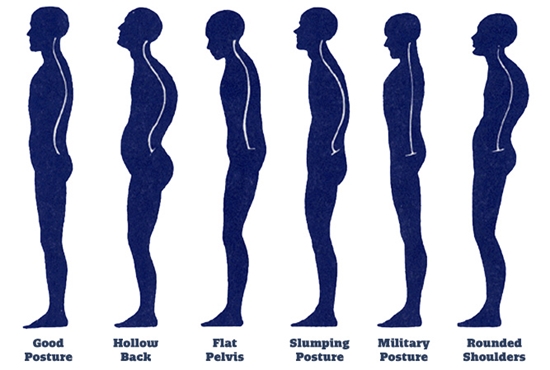رابطه ناهنجاریهای وضعیتی ایستا و پویا با درد و کیفیت زندگی در زنان غیرورزشکار
ارزیابی وضعیت بدنی با تستهای عملکردی با کمترین امکانات و در کوتاهترین زمان، برای طیف وسیعی از حرکات در قسمتهای مختلف بدن استفاده میشود. اندازهگیری وضعیت بدنی ایستا و پویا هر دو پیشبینیکننده آسیب هستند. این دو نوع ارزیابی اطلاعات متفاوتی در مورد کنترل وضعیت بدن ارائه میدهند. همچنین، با پیشرفت این فناوری، سرعت ارزیابی وضعیت بدنی و تشخیص ناهنجاریها افزایش مییابد و میتواند با حداقل امکانات انجام شود که میتواند به عنوان یک روش جدید برای تشخیص سریع ناهنجاریها و در نهایت پیشگیری یا اصلاح اثرات روانی و دردهای عضلانی و اسکلتی در آینده باشد. زیرا همانطور که طبق منابع مشاهده شده است، ناهنجاریها باعث دردهای عضلانی و اسکلتی، محدودیتهای حرکتی و در نهایت تأثیر بر کیفیت زندگی میشوند.

The relationship between static and dynamic postural deformities with pain and quality of life in non-athletic women
Abstract
Background
The assessment of the postural condition with functional tests are used with the least facilities in the shortest time, for a wide the range of movements for different parts of the body. Both static and dynamic posture measurements are predictive of injury. These two assessments provide different information regarding posture control. Also, with the advancement of this technology, the speed of posture assessment and deformity diagnosis can be increased and done with the minimum facilities. This can signal a new method for the quick diagnosis of abnormalities and ultimately prevent or correct psychological effects and musculoskeletal pain in the future. Because as seen according to the citations, abnormalities cause musculoskeletal pains, movement restrictions and ultimately affect the quality of life.
Methods
The current research is of the applied and semi-experimental type, and in terms of the results it is of the relational and correlational type. In this research, 148 non-Athletic women from Fardis City participated, in which the results obtained from the static evaluation was analyzed by the Posture Screen application after taking photos from four directions using a smartphone, and also the dynamic evaluation was identified and analyzed by the researcher using the overhead squat test of compensatory movements, with the data that from Cornell pain and quality of life SF-36 questionnaires was. Data description and correlation between variables were done with the η coefficient method.
Results
According to the findings there is a positive and significant correlation between the prevalence of uneven pelvic deformity and the amount of pain in non-athletic women (P = 0.036, η (148) = 0.17). In other words, pain increased significantly when the pelvis was changed from a normal position to a lateral deviation position. Also, there is a negative and significant relationship between the prevalence of deformity of knee movement, back arch, straight back, heel lift and the quality of life in non-athletic women (P = 0.020, η (148) = 0.19).
Conclusions
According to the results, deformities have an effect on pain and the frequency of pain, on the other hand, in the present study, dynamic evaluations showed deformities more accurately than static evaluations.


.png)
.png)
ارسال نظر